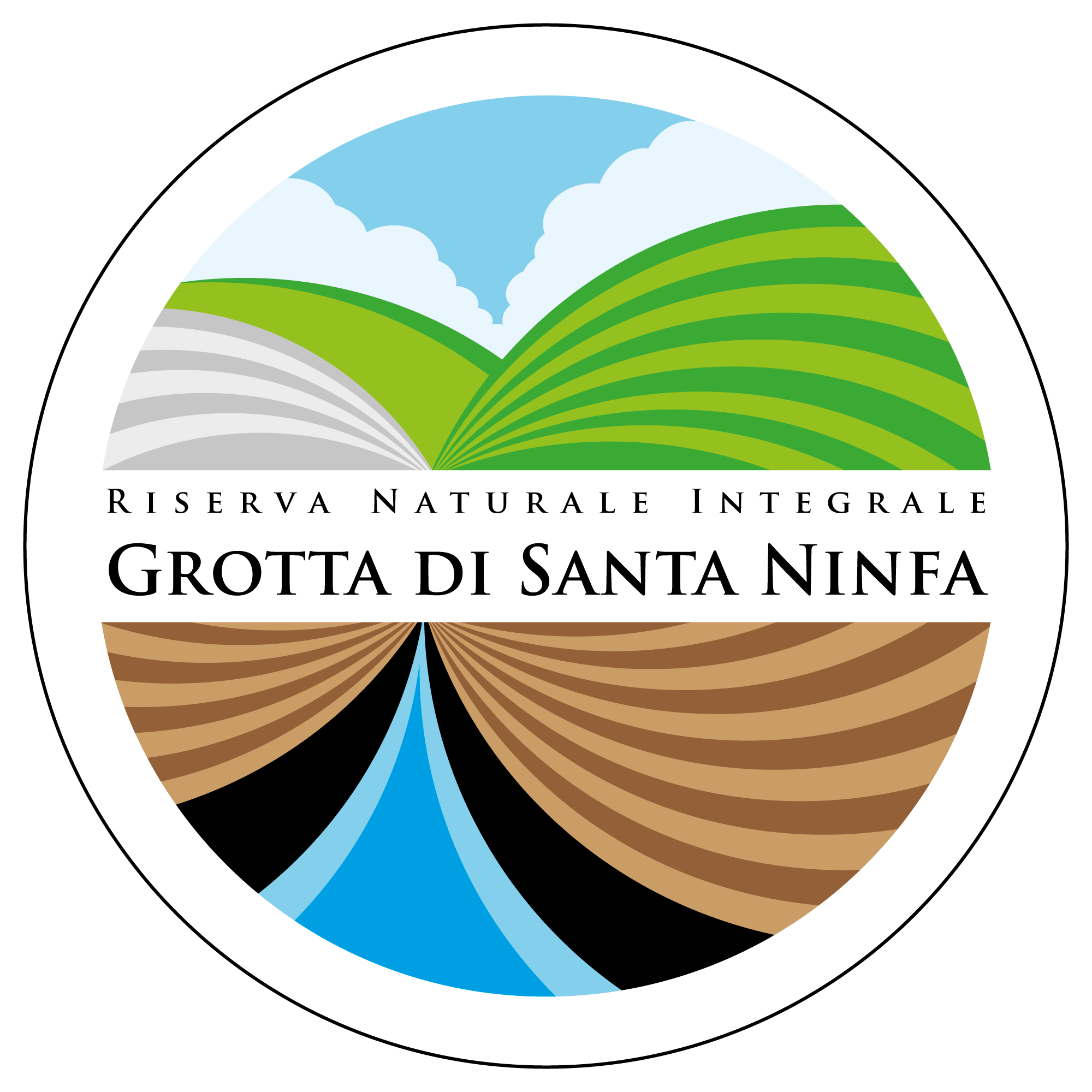
Natural environment
Once, covered almost entirely by Mediterranean spot and wood, the area of Natural Reserve and the Site of Community Importance was influenced and modified by the secular anthropization of the area: the activities linked to the agricultural, grazing and fires have progressively modified the landscape and reduced the original vegetation. Since 1980, Demaniali Forest Company starts the reforestation of some areas, using some species that are extraneous to the ambiental context of the area (mainly Pine and Eucalypt).
Despite this, in the area of karstic tableland can be found different zones particularly interesting from the point of view of the flower and vegetation. In these areas, for the man, it’s difficult to access, where the emerged or steep rocks impeded and obstructed the agricultural works; in addition, in the last 20 years, the anthropic pression in the countryside was reduced, so the natural vegetation has progressively taken their own space. Contemporary also the awareness for the importance of the protection of the nature increased.
Today the areas of the karstic tableland are protected by the natural reserve and the S.I.C. because they have an important role of refuge for the safeguard of the floristic richness of the Sicilian hinterland, hosting lots of species with elevated naturalistic and phytogeographic interest, as Brassica tinei, Dianthus siculus, Silene sicula, Satureja fruticolosa, Euphorbia ceratocarpa, Gypsophila arrostii, Sedum gypsicola, Colchicum bivonae e Colchicum cupanii.
The vegetal succession on the chalky rocks.
The plants are settled on the naked chalky rock, gradually modifying the substrate and promote the colonization of new species. The firsts organisms that settle on the gypsum crystals are lichens, pioneer species that live in prohibitive environment, disrupt the rocks, bring the necessary water and promote the settlement of the musk. They follow the little annual herbaceous plants (for example the Sedum that in the Santa Ninfa area is presents in different species). The gradual formation of major quantities of soil permits the settlement of perennial species, as bulbous plants (asphodel, urginea better known as “cipuddazzu” in sicilian, orchid, etc.) and some low shrubs that constitute the garrigue (thymus, micromeria, teucrium fruticans, etc.). When the ampelodesma is settled, locally called “ddisa”, a beautiful herbaceous plants with stretched and cutting leaf that give life to thick and covering bushes, forming a real “prairie”; the soil is developed enough; the prairie before is followed from the evergreen spot (generally dominated by the mastic, olivaster, phillyrea, etc.) that in the reserve and site area has been replaced by the sumach spot, and in the end by the forest formations, that in the site are represented by the riparian formations and laurel.
Do the big chalky rocks hinder the flora settlement?
The areas that have chalky outcrops present a characteristic vegetation mainly constituted by little shrubs and herbs. Just in presence of clayey soil almost thick, the vegetation becomes more mature and denser (Mediterranean spot, wood).
However the limiting action of the gypsum with regard to the plants seems linked not to the chemical effect of the gypsum, but at the physical proprieties of the soil, that are exalted in arid or semiarid conditions. In particular, the presence of crystalline crusts on the surface soil, formed during period of dryness in the chalky soils, constitute an almost insurmountable obstacle for the plants’ settlement, acting as a strong selective element.
Anyway, recent studies confirmed that almost every endemic species (exclusive) of the chalky substrates aren’t specialized for the gypsum, but simply they found in them a refuge ambient highly selective where survive to the competition with others species, more efficient on “normal” surrounding soil.
Species that in Sicily could be found on the gypsum are: Cavolo di Tineo (Brassica villosa tinei), endemic rupestrian plant of island, little perennial succulents plants as Gypsum’s Stonecrop (Sedum gypsicola), White Stonecrop (Sedum ochrolecum) and Linajola arrossata (Chaenorhinum rubrifolium), little annual plant typical of ephemeral lawns.
